I tested the top AI voice-enhancing tools to help you save time and money.
I recorded a low-quality audio clip using my old headset to see which tool could transform it into the best possible sound.
In this post, on every tool, you can listen to a before-after clip with the AI enhancers.
Here are my findings!
👉 If you prefer a video version of this guide, you can watch it here.
Disclaimer: This post contains affiliate links at no extra cost to you.
1. Podcastle
Best Overall AI Audio Enhancer
Podcastle transforms low-quality audio into studio-grade sound. It’s perfect for podcasts, as the name suggests.
Note that Podcastle isn’t just an audio enhancer—it’s a full podcasting platform where you can collaborate and share content.
But for this review, I’ll focus solely on its audio-enhancing capabilities.
Original vs. Enhanced Audio
Listen to the original vs. enhanced AI audio clip here
As you can hear, the original clip is terrible. It’s a noisy recording I made with my iPhone connected to my headset.
But the AI-enhanced clip is almost magical.
Pros
- Realistic: The enhanced audio sounds almost like me. It’s far better than what free tools can achieve.
- Few artifacts: In the short clip, I didn’t notice any artifacts.
- No accidental clipping: Unlike free tools, this one doesn’t cut out silent parts it mistakenly identifies as noise.
- Easy to use: The tool is straightforward. Just sign up, upload your audio, and let the AI work its magic.
Cons
- Requires credit card: There’s a 7-day free trial, but you need to provide payment details to activate it. Don’t forget to cancel if you don’t want to be charged.
- Robotic speech: The lower the input quality, the more the AI has to guess, which can result in a clip that doesn’t sound like you.
How to Use
To use Podcastle, visit this page and sign up.
Set up your Podcastle account:
Choose a plan:
Upload your audio:
Select the “Magic Dust AI” feature to enhance your audio:
Wait a few seconds for the processing to complete, then play and download your enhanced clip.
Highlights
- Audio and video recording: Record up to 10 participants with high-quality audio and 4K video.
- AI-powered editing: Tools for noise removal, equalization, and silence detection.
- AI-generated voices: Create podcasts using AI voices or clone your own.
- Transcription services: Convert audio to text.
- Royalty-free music: Access a library of over 7,000 tracks.
- Hosting and publishing: Share your podcast on popular platforms directly from Podcastle.
2. Adobe AI Voice Enhancer
Best Free Solution
Adobe offers a free AI audio clean-up service alongside its other editing tools.
This tool can turn low-quality, noisy audio into studio-quality sound in seconds.
This is the best free AI audio enhancer I found. It’s ideal for podcasts.
Original vs. Enhanced Audio
Listen to the original vs. enhanced AI audio clip here
The original recording is terrible, made with my iPhone and headset.
Pros
After using Adobe Enhancer, the clip improved significantly:
- Noise removal: All background noise is gone.
- Gain boost: The audio volume was increased to commercial levels.
- Overall improvement: The audio now sounds like it was recorded in a professional studio.
However, there are some drawbacks.
Cons
- Lisp: After enhancement, it sounds like I have a lisp.
- Silent words cut out: Because my original clip was quiet, the AI clipped some parts of my sentences, mistaking them for noise.
- Robotic sound: While the voice sounds professional, it has a robotic quality and doesn’t sound exactly like me.
Overall, I’m impressed with the results, especially since it’s a free tool.
How to Use
Using Adobe Audio Enhancer is simple.
Just drop a file on this page.
Sign up for free—no credit card required.
Wait for the audio to process.
Highlights
- AI audio enhancement: Improves vocal clarity for professional sound quality.
- Noise reduction: Removes background noise from recordings.
- Free and accessible: Sign up and drop a file—no payment needed!
3. Auphonic
Auphonic enhances audio by balancing sound levels, reducing noise, and trimming silence automatically.
This tool is best suited for music, but I tested it on my voice clip to see how it performs.
Original vs. Enhanced Audio
Listen to the original vs. enhanced AI audio clip here
The improvement is decent but not as dramatic as with other tools.
Pros
- Realistic: The enhanced audio sounds better but still natural, without robotic artifacts.
- Bass boost: The result has more bass, making it easier to listen to.
- Free: The tool is free to use—just sign up, upload your clip, and enjoy.
Cons
- Not studio quality: The result is better but still sounds like a low-quality recording.
- Best for music: This tool is more effective for music than for speech or podcasts.
How to Use
To use Auphonic, visit this page.
Upload your audio clip:
Sign up and wait for the AI to process the audio:
Choose the heuristic (this tool is optimized for music):
Wait for the processing to complete:
Download your enhanced clip:
Highlights
- Automatic leveling: Balances audio volume across tracks.
- Noise and reverb reduction: Removes unwanted sounds.
- AutoEQ and filtering: Enhances audio quality with automated equalization.
- Cut filler words and silence: Automatically trims unnecessary parts.
- Multitrack support: Syncs and balances multiple audio tracks.
- Speech-to-text: Generates transcriptions and notes.
4. Podsqueeze
Podsqueeze enhances audio quality, removes silences, and generates short clips for promotion.
It’s also great for podcast production, offering AI-powered transcript creation, notes, and social media content.
But in this review, I’ll focus on its voice-enhancing feature.
Original vs. Enhanced Audio
Listen to the original vs. enhanced AI audio clip here
The results are decent but not as impressive as Adobe or Podcastle.
Pros
- Realistic: The enhanced audio sounds like me, without robotic artifacts.
- Gain boost: The tool increases the audio volume to commercial levels.
- Podcast features: The platform offers tools for optimizing social posts, newsletters, and more.
Cons
- Minimal improvement: The audio quality improved slightly, but not dramatically.
- Confusing UI: It took me a while to find the audio enhancer after signing up.
How to Use
To use Podsqueeze, click “Generate Content” on the homepage.
Sign up and upload your clip:
Scroll down to the “Edit & Enhance Audio” section and click “Generate Content.”
Wait for the audio to process:
Highlights
- Podcast and Video Transcription Generator: Provides accurate transcripts with speaker labels.
- Podcast Summarizer: Creates detailed show notes in your voice.
- Podcast Clip Maker: Generates short clips or audiograms from your podcast.
- AI Audio Enhancer: Enhances audio quality by removing silences and filler words.
- Speaker Labeling: Identifies and labels different speakers in the transcript.
5. Resemble AI
Resemble AI is an AI audio platform with a core feature of voice enhancing.
Despite its technical appearance, it’s easy to use with default settings.
Here’s how it performed.
Original vs. Enhanced Audio
Listen to the original vs. enhanced AI audio clip here
The result is impressive but sounds robotic.
Pros
- Studio quality: The enhanced audio sounds full and professional.
- Advanced settings: The tool allows for deeper customization than most others.
Cons
- Robotic sound: The enhanced audio doesn’t sound like me.
- Advanced settings: Non-technical users may find the settings confusing.
How to Use
To use Resemble AI, visit this page and upload your clip.
Click “Submit” and wait for the enhanced clip to appear on the right.
Highlights
- Noise Removal: Clears background noise from audio.
- Audio Enhancement: Improves speech quality and clarity.
- Open-Source: Free to use for various purposes.
- Easy to Use: Simple three-step process for audio improvement.
- Versatile: Suitable for podcasts, entertainment, and more.
6. Cleanvoice
Cleanvoice is a podcast voice-enhancing service that removes noise, silences, and filler words.
In this review, I’ll focus on its audio-enhancing capabilities.
Original vs. Enhanced Audio
Listen to the original vs. enhanced AI audio clip here
The improvement is minimal, mainly a volume boost.
Pros
- Gain boost: The tool increases the audio volume to commercial levels.
- Easy to use: Just upload your clip and let the AI do the work.
- Podcast features: The tool also handles basic edits like removing filler words.
Cons
- Poor results: The audio enhancement didn’t make a significant difference.
How to Use
To use Cleanvoice, select the “Clean Audio” feature and click “Start.”
Upload your clip and wait for the enhanced version.
Highlights
- Background Noise Remover: Filters out unwanted ambient sounds.
- Podcast Transcription: Converts spoken content into text.
- Silence Remover: Eliminates long pauses in recordings.
- Filler Words Remover: Removes unnecessary filler words.
- Podcast Mixing: Blends multiple audio tracks for a balanced final product.
Thanks for reading. Hope you found it insightful!
👉 PS. Check out my new software review site


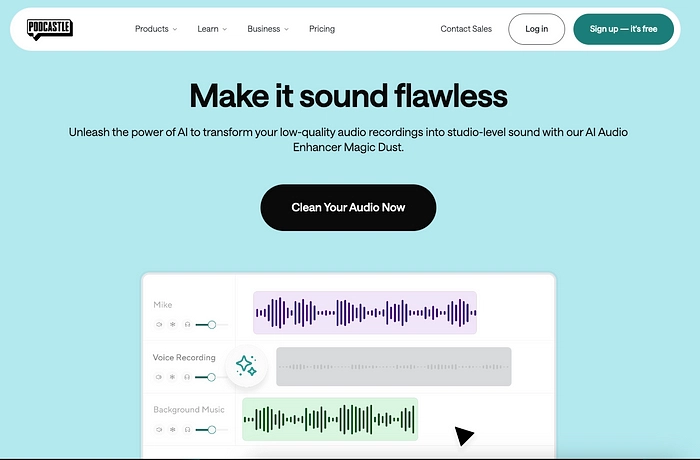
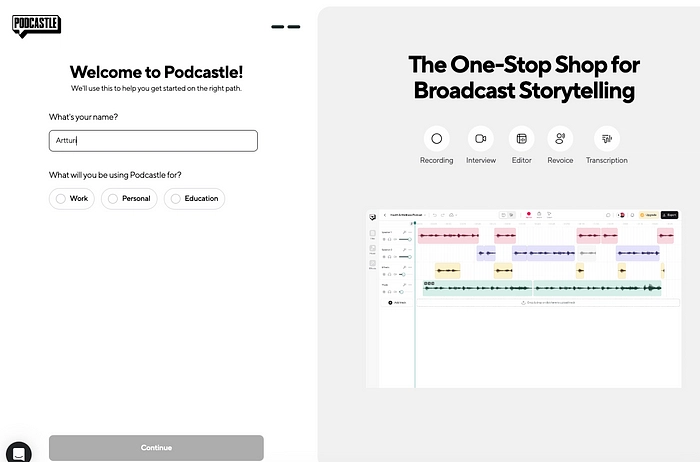

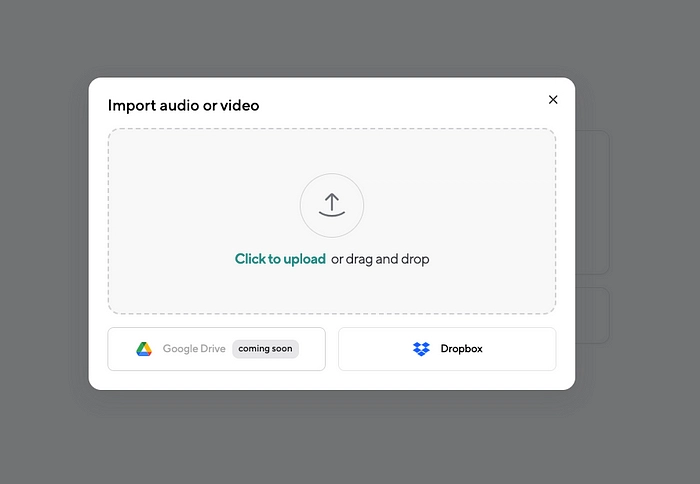

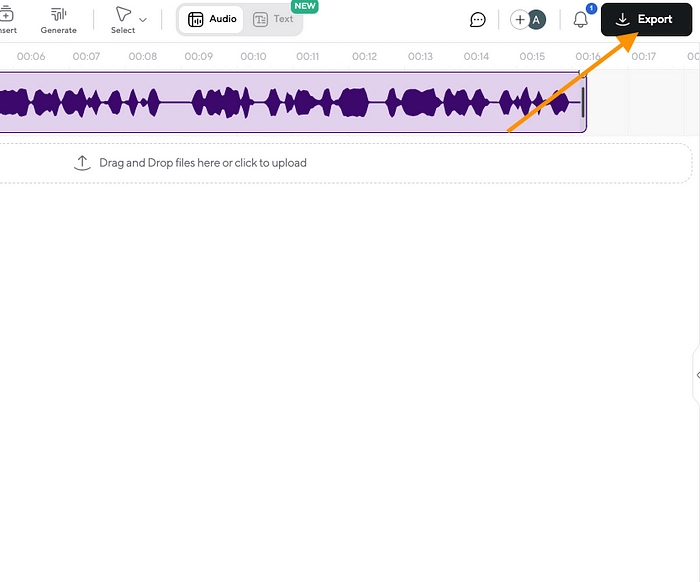
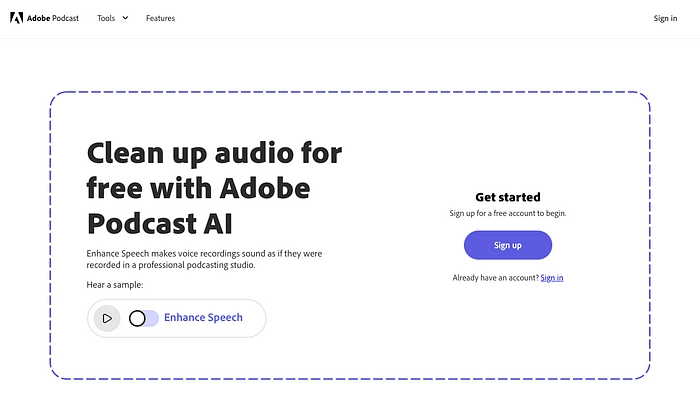
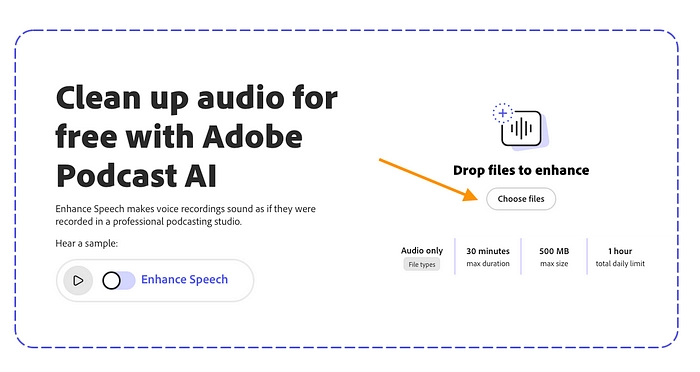
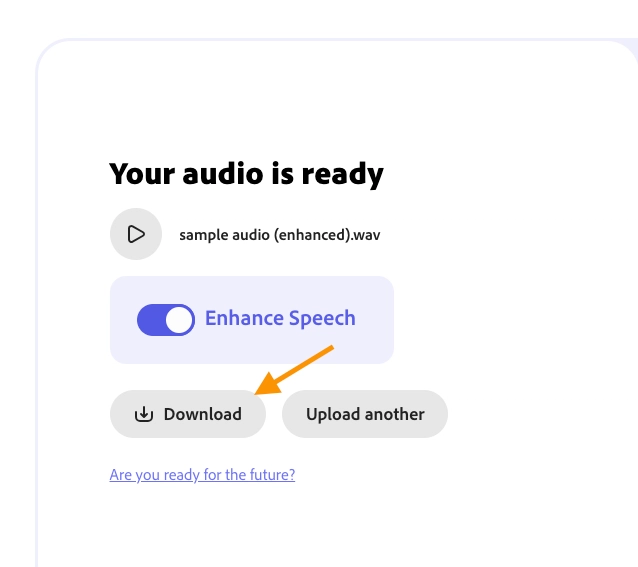
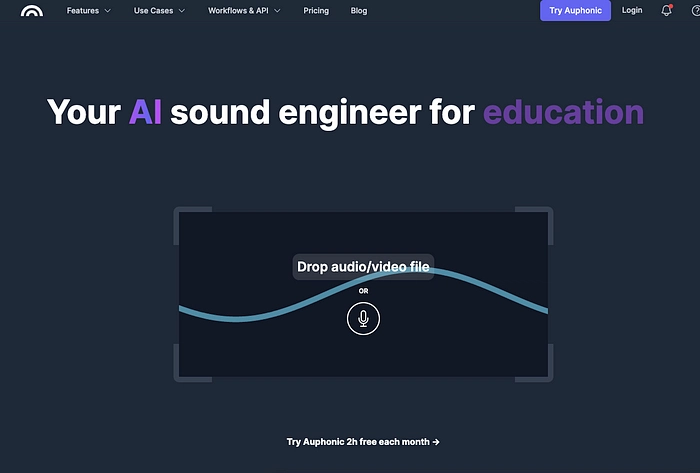
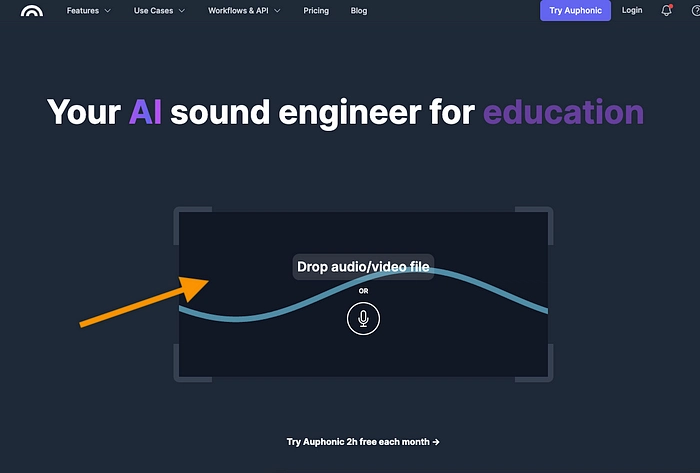
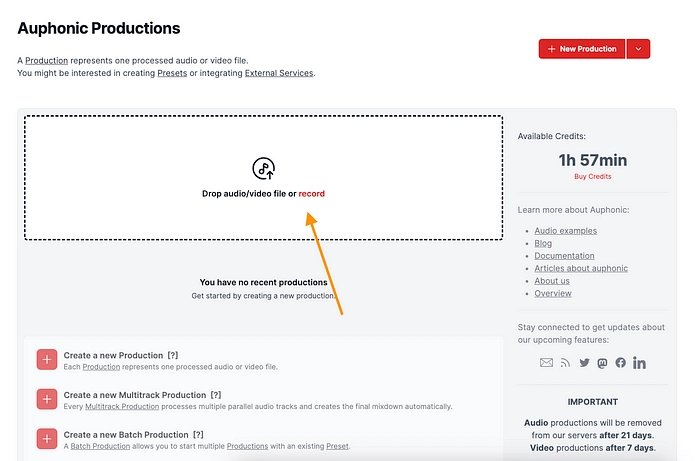
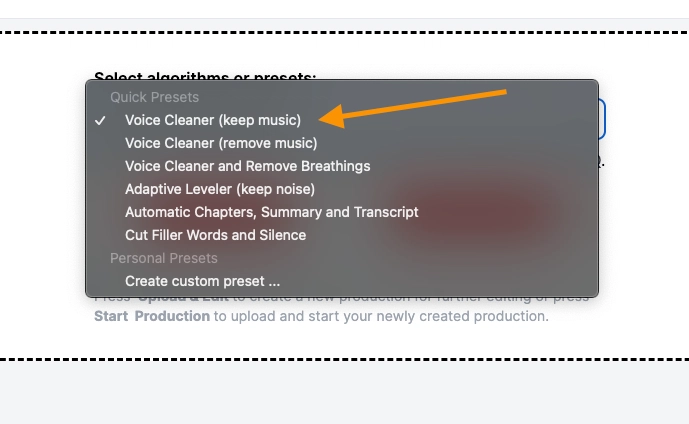
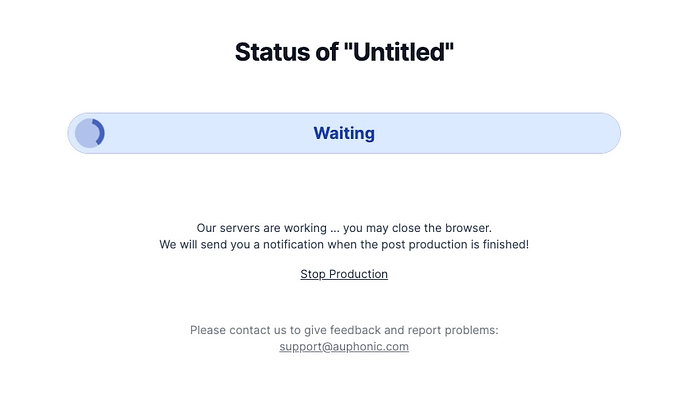
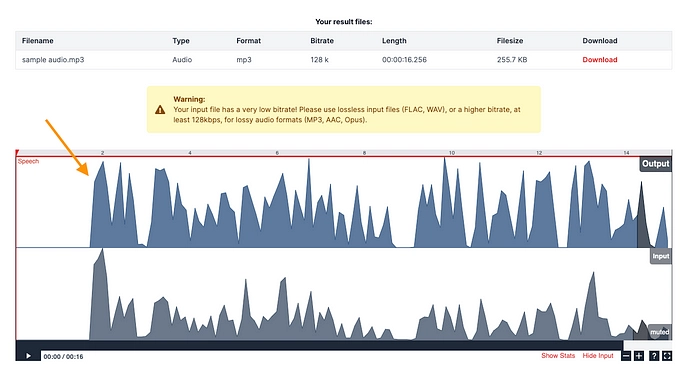


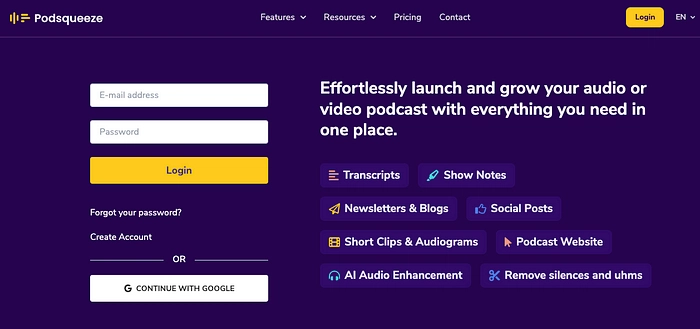
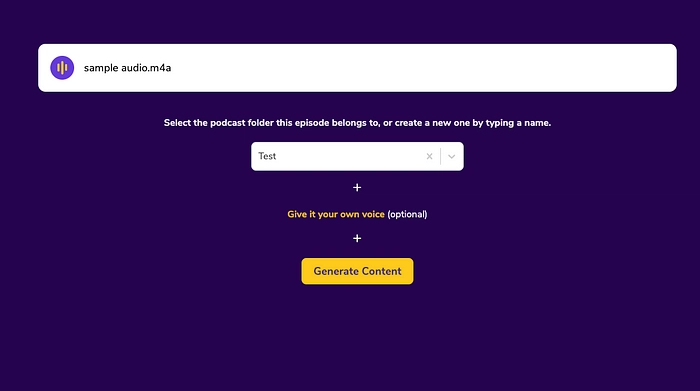
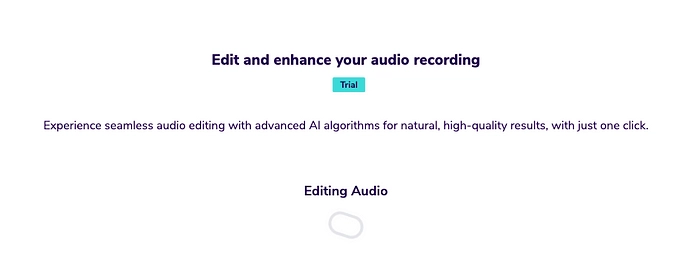
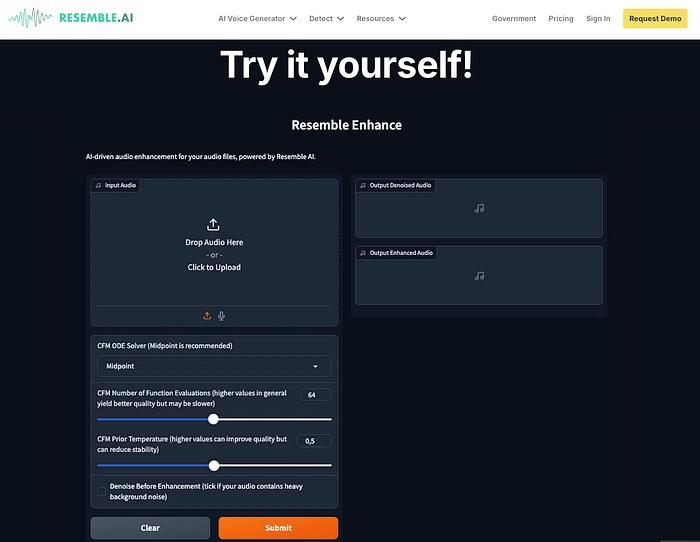
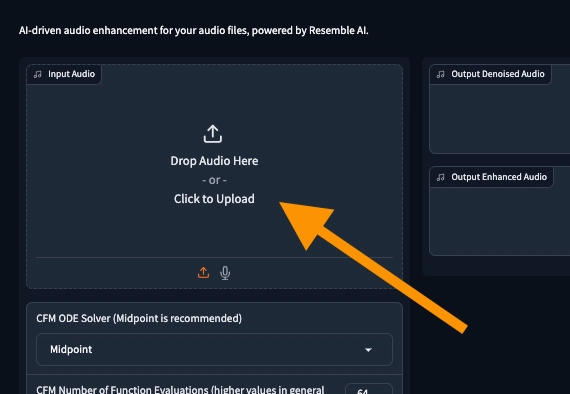
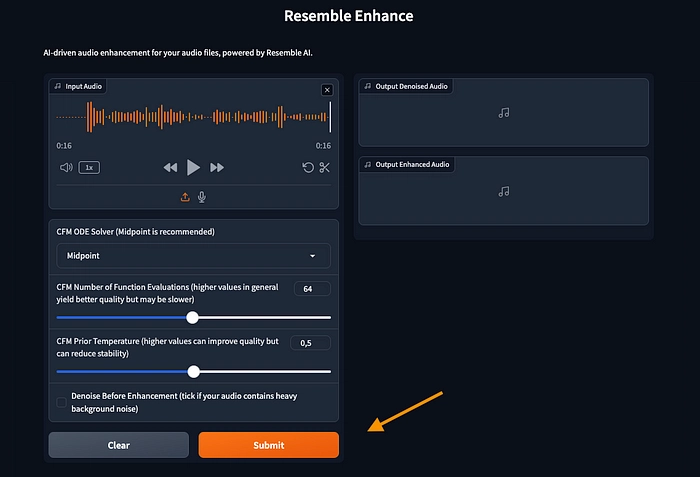
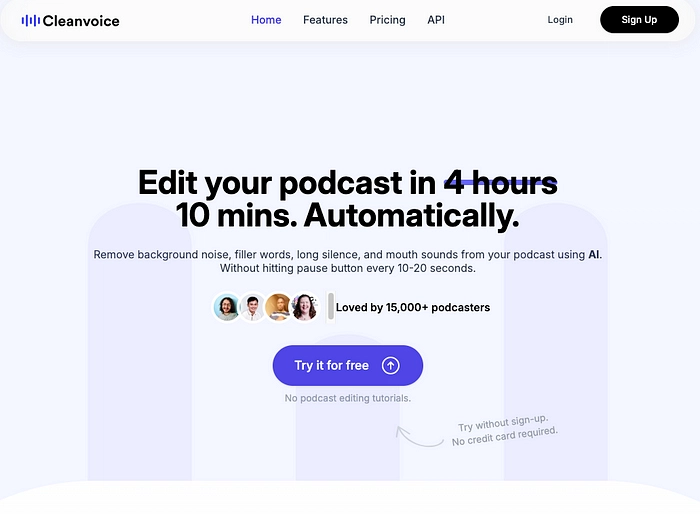
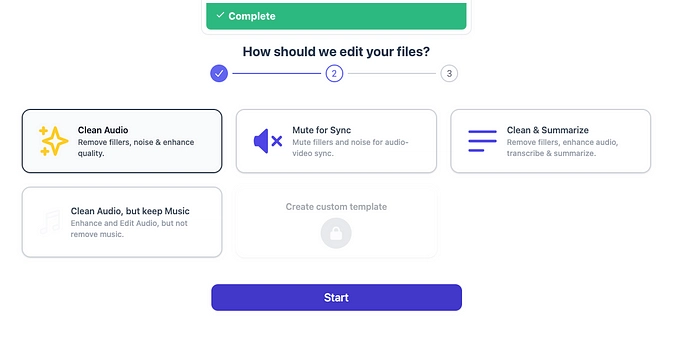


Top comments (0)